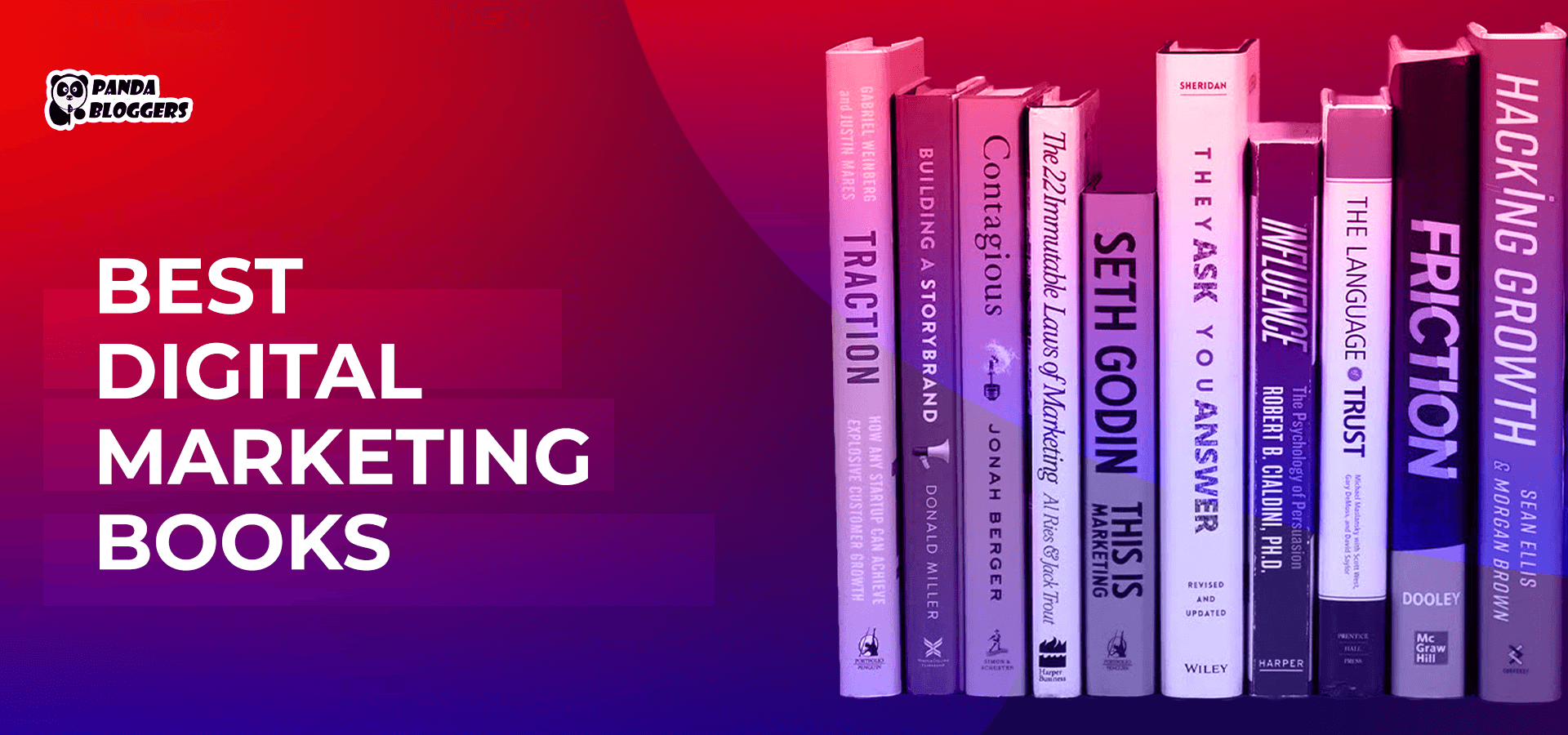 Brand Marketing Strategy in the Era of Inbound
Brand Marketing Strategy in the Era of Inbound
With people spending a quarter of their waking lives online, it becomes essential for businesses to switch from outbound marketing to inbound marketing. They can easily convert prospects into customers by providing various forms of quality content through inbound marketing channels. But they have to focus extensively on the brand marketing strategy to launch and run the inbound marketing campaigns efficiently.
Marketers need to focus on creating a brand that appeals to potential customers emotionally and converts existing customers into advocates. They have to start the brand management process by exploring ways to establish brand identity. Also, they need to emphasize the important factors that make and keep the brand strong in the longer run.
In addition to making the brand stand out in the crowd, the product and brand management strategy will help the business to gain the trust of potential and existing customers. A business cannot establish and popularize a brand on the internet in a short span of time. But marketers must focus on some key factors to implement a strategy that will boost strategic brand management and brand awareness marketing campaigns continuously.
What do Brand Marketers Must Consider while Creating a Brand Management Strategy?
Defining the Business Strategy and Goals
The brand will act as a connector to bridge the gap between the business and customers. Marketers can use a brand to achieve a variety of business goals – create a unique identity for products, promote brand awareness, and venture into new markets. Hence, brand management strategy must emphasize conveying both tangible and intangible aspects of the business’s identity including name, logo, product, and website. At the same time, the decision makes must streamline brand promotion by conveying various aspects of the business’s identity to each customer and prospect in the most appropriate way.
Preparing a Value Proposition
As an important component of inbound marketing, value proposition conveys important aspects of the brand clearly to the customers. While preparing a value proposition, the brand custodians must focus on gaining the trust of customers by answering important questions like what the business is doing, how the business is doing, how the business in addressing the customers’ needs, and what makes the business different from competitors. At the same time, the value proposition must focus on understanding who is the customer and what the customer want. The value proposition must convey all important information to the targeted audience in the most appropriate way.
Designing a Logo to Establish Brand Identity
Customers always recognize and recall popular brands from their logos. The logo does not convey important aspects of the brand to prospects and customers. But the logo is an essential part of the brand marketing strategy as the recognizable part of the brand. In addition to providing visual identity to the brand, the logo will make the brand appear consistent across marketing and communication channels. However, marketers must strengthen the brand identity by complementing the logo with the right color palette and communication template. Also, they must keep the brand identity flexible enough to make the changes required to keep customers interested continuously.
Identifying the Target Audience
Unlike outbound marketing campaigns, inbound campaigns emphasize driving conversion rates by conveying the right information to the right customer in the right way. While forming a brand strategy, the decision makes must identify and define the target audience for the brand clearly. Many businesses these days use big data tools to collect real-time customer data from various sources.
Big data tools help marketers to define the target audience and conduct target market research. But they must understand the needs and expectations of customers by creating a buyer persona and defining brand keys based on real-time data.
Using Buyer Persona to Segment Target Audience
In addition to identifying the target audience, the brand marketing strategy must emphasize segmentation of the target audience and personalization of the brand experience. As a semi-fictional representation of an ideal customer, buyer personas help marketers to personalize the brand experience in several ways.
They can use buyer persona as an effective tool to generate more qualified leads. The content creators can develop more targeted content based on the buyer persona. Likewise, digital marketers can use buyer personas to deliver content to customers through the right channels. They should always maintain a content calendar to ensure the brand voice consistency. Here are some interesting ways to come up with content topics for your calendar.
Combining Important Components of Brand Management
No business can streamline brand management and brand promotion simply by combining ideas and trends. Marketers must focus on combining essential aspects of branding in the age of inbound marketing. The brand management strategy must focus on essential components like domain name, website design, content creation, branded links, and social media promotion.
At the same time, they must implement the key aspects of branding more effectively by choosing the best visual assets like logos, pictures, colors, and fonts. The combination of branding components and visual assets will make people recognize and recall the brand through various communication channels.
Weaving the Brand Story
The value proposition will not help marketers to convey the facts and feelings related to the brand by keeping the customers engaged. They have to weave a brand story to make customers relate to the brand emotionally. The content creators must refer to the value proposition to identify the information to be delivered to customers.
But they have to use storytelling techniques to make the customer believe how the brand passionately solves a problem or meets a requirement passionately. They can even create multiple brand stories to make the customers believe that a single brand is effective in solving both personal and professional problems.
Creating a Great First Impression
While weaving the brand story, the decision-makers must remember that each customer has the option to choose from many brands. They cannot make the customers notice a new brand and persuade them to hear its story without creating a killer first impression. Several studies suggest that a customer forms an opinion about a new brand in less than 1 second. The decision-makers cannot tell the brand story without making the customer form a favorable opinion.
In addition to distributing compelling digital content, they must explore ways to make the first contact with the customer last longer. It is always important for decision-makers to explore ways to convert digital touch points into data touch points. The data touch points will help the content creators to create a great first impression by starting the brand story in the most engaging way.
Implementing a Content Strategy
Brand marketers cannot boost a brand’s presence and reputation on the internet without creating and publishing the right digital content. They must remember that great brands are built by leveraging great content. While implementing a content strategy, they must assess the content’s quality and appeal using buyer personas.
They can use the buyer persona as a measuring tool to answer important questions like will the buyers find the content interesting, does the content addresses buyer’s pain points, do the buyers trust the information presented through the content, and do the buyer consume content in the specific format.
They must perform A/B testing to compare various pieces of content according to buyer personas. The assessment will make the customer connect with the brand emotionally while reading blog posts and ebooks, listening to podcasts, watching videos, and accessing social media.
Forming Consistent Picture across Communication Channels
In addition to creating content in multiple formats, businesses must share the content through multiple marketing channels to run inbound marketing campaigns effectively. But they cannot make the customer recall the brand in the future without making it appear consistent across touchpoints – website, landing pages, mobile app, search engine, social media, and paid ads.
Many decision-makers these days leverage artificial intelligence (AI) technologies to keep the brand consistent across marketing channels. But the decision-makers can easily boost brand consistency by adopting a number of best practices – preparing a branding style guide and delivering consistent digital content.
Adopting Integrated Marketing Campaigns Concepts
In the age of inbound marketing, a business can enhance brand awareness and brand marketing without combining marketing channels. Instead of focusing on individual marketing campaigns, marketers must leverage integrated marketing. They need to ensure that a customer can access the digital content regardless of his choice of communication channel.
The core concepts in integrated marketing emphasize keeping the communication strategies consistent across widely used communication channels – blogs, websites, social media, and paid ads. In addition to unifying inbound marketing campaigns, integrated marketing concepts help businesses to curtail the overall cost of brand promotion and brand awareness marketing.
Monitoring and Finetuning the Brand Marketing Strategy
The internet facilitates a wide variety of communication about the brand. Marketing professionals can use big data analytics to understand and control some of these conversations. Also, they have to focus on monitoring each conversation about the brand to check both good and conversation. They must keep in place a strategy to respond to the negative remarks or comments posted by customers and boost the lies spread by competitors.
While monitoring the brand marketing strategy, the brand marketers should prepare themselves to respond to negative mentions proactively. Also, they must keep the brand management strategy flexible enough to implement the changes required to boost customer satisfaction. At the same time, it is also important to enhance the brand’s reputation and credibility by leveraging positive mentions and comments.
Branding Entrepreneurs/CEOs Personally
Often customers trust a human being more than the brand’s logo or tagline. While preparing a brand marketing strategy, many brand marketers strengthen the branding of companies or products through the personal branding of entrepreneurs or CEOs. Like weaving the brand story, they create content for the entrepreneur or CEO as an influencer or thought leader.
Professional networks like LinkedIn make it easier for them to create brand awareness through the personal branding of entrepreneurs. Digital marketers can connect with customers by sharing the journey and achievements of entrepreneurs in a number of ways – blog posts, social media posts, podcasts, videos, and other digital content. The personal branding of entrepreneurs will complement as well as boost strategic brand management in the long run.
Making Brand Care about Human Beings
According to Fortune.com, “The survey of more than 2,000 individuals found that nearly two-thirds of people between the ages of 18 and 34 were at least somewhat more likely to want to work for a company that gave to charity than one did that not.”
While creating brand awareness and planning brand marketing campaigns, the brand marketers must convince the younger customers that the brand passionately believes in giving back.
The brand need not give back by donating a percentage of sales or revenue. It can still care for human beings by protecting the environment, saving natural resources, and addressing some of the social problems. For instance, a brand can impress younger customers without giving to charity by using only renewable energy or using raw materials procured from sustainable sources.
With customers looking for services and solutions online, businesses can easily streamline brand management by launching a variety of inbound marketing campaigns. But the brand marketers must understand the trends in inbound marketing change from time to time. They must keep the product and brand management strategy flexible enough to adopt emerging inbound marketing trends like conversion rate optimization, predictive sales rating, and natural language processing early and proactively.









Leave a Reply